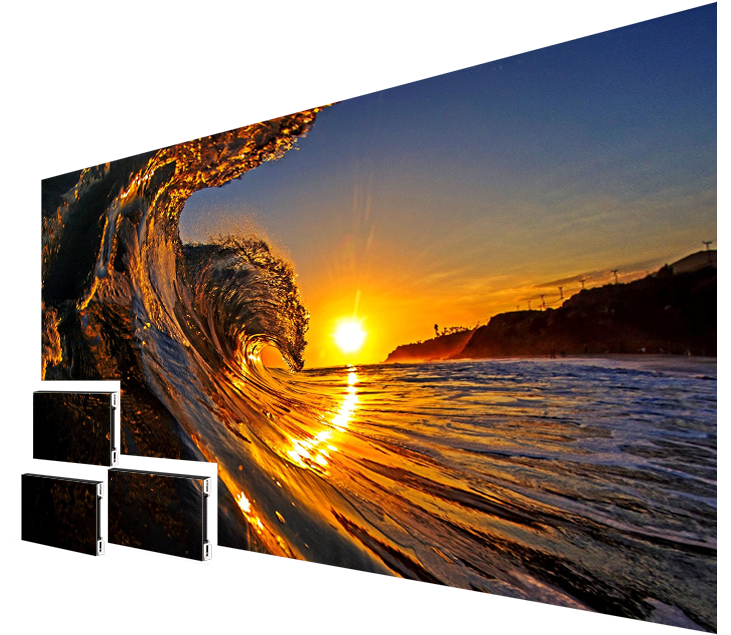When discussing resolution, it is essential to consider picture pitch, which is the distance between the center of one pixel to the center of the following picture element. A reduced pixel pitch results in a greater image clarity, enabling more detail in the visuals shown. For instance, an LED wall with a pixel pitch of 1.5mm will provide a sharper visual than one with a picture pitch of 3mm. This is especially important in environments where audiences are near to the display, such as in a compact location or a exhibition show booth. In these cases, a higher image clarity can greatly improve the viewing experience.
Another aspect of image clarity is its impact on color accuracy and brightness. LED screens with greater image clarity often have better hue reproduction, meaning that the colors displayed are more lively and realistic. This is essential for applications like advertising, where the goal is to attract attention and convey a message efficiently. Additionally, greater resolution displays can maintain luminosity levels even when seen from various angles. This is important in large locations where viewers may be positioned at various distances and angles from the screen.

The functionality of LED screens is also influenced by image clarity in terms of update frequencies and reaction durations. A greater image clarity screen can support quicker update frequencies, which is essential for dynamic content such as videos and animations. This indicates that the visuals on the screen will appear smoother and more fluid, enhancing the total observing quality. In contrast, reduced image clarity displays may struggle with dynamic content, leading to blurriness or delay. Therefore, for occasions that depend on dynamic images, selecting a screen with a appropriate image clarity is vital.
In summary, image clarity plays a crucial role in determining the navigate to this site performance and visual clarity of LED screens. Elements such as picture spacing, hue precision, brightness, refresh rates, and response times all contribute to how effectively a screen can convey data and capture audiences. As advancements continues to advance, grasping these factors will assist operators choose the appropriate LED screen for their particular needs, ensuring that they achieve the best potential outcomes in their displays and occasions.